Late July 2016 (21st-31st)
/As with mid-July, the volume of eBird submissions was a bit low during the Late July period. Extreme heat is likely the cause, with four days reaching 100 degrees F and likely keeping many birders indoors. Shorebird migration has slowly started to ramp up, and some new species were observed as a result. Top birds during this final period of ‘ornithologic summer’ in Virginia Beach included a single Black-and-white Warbler, ongoing sightings of Whimbrel and Piping Plover, first of year reports of Black Terns, first of season arrivals of Semipalmated Plover & Red Knots and lastly, continuing reports of lingering summer species including Pied-billed Grebe, Common Loon & Black Scoter. WEATHER: On average over the previous 10-year time frame (2006-15), the Late July period has featured the highest temperatures of each respective year in Virginia Beach, and 2016 continued this trend. The previous period, mid-July, was the warmest thrice-monthly period since at least 2006, with an average daily high temperature of 94.1 degrees F. Somehow, Late July managed to top this though, and the average daily temperature rose to a remarkable 97.1 degrees F (+3.0 degrees from the mid-July period); the average daytime lows also rose to 80.6 degrees F (+3.8 degrees). The previous 10-year average daily highs & lows for the Late July period were 88.1 & 71.9 degrees F, respectively, with maximum average daily highs & lows of 93.0 & 75.3 degrees F occurring in 2011, making this year’s period the warmest since at least 2005 (I have not gone further back than 2006 at this point). To fully drive my point home, the average daily high temperatures this period were an incredible 9.0 degrees higher than the previous 10-year average during the same period. Overall, we hit a peak high of 100 degrees F on four different days (24-26 & 28 Jul) and a low daytime temperature of 73 degrees F, on 21 Jul. We experienced precipitation on only two of the eleven days this period, with total accumulations of 1.85 inches though 1.41 inches of this total fell during heavy rains on 31 Jul during a deluge that caused widespread flooding across the northern portions of Virginia Beach (6.98 inches of rain was recorded at Norfolk International Airport, and 4.95 inches was recorded at a Weather Underground station near Great Neck Road & Shore Drive). As these figures indicate, depending on exactly where one lives in Virginia Beach, the amount of precipitation can vary quite dramatically. Continuing the trend of a lack of tropical activity this summer, no tropical systems were active during this period in the Atlantic Ocean, though low pressure systems Invest 96L & 97L were designated, with 97L reaching the Lesser Antilles by period’s end without developing into a tropical depression; 96L disintegrated about midway from Africa to the islands.
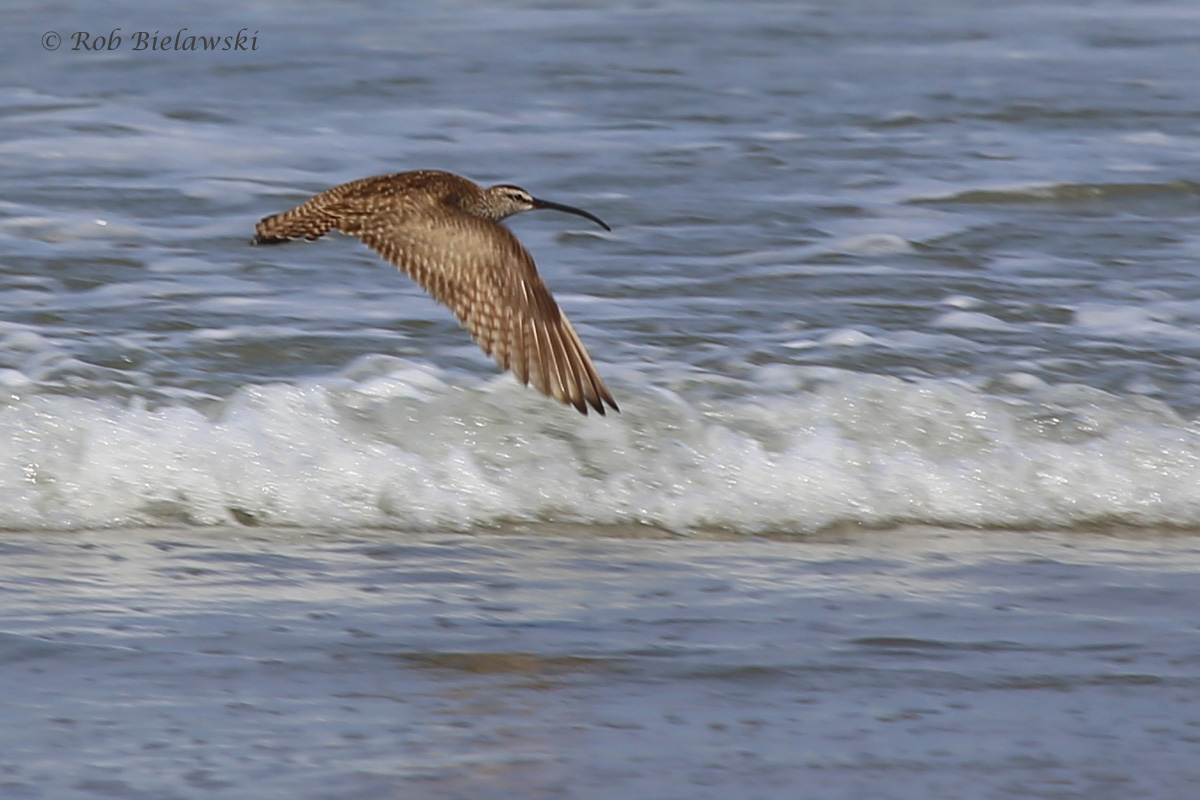

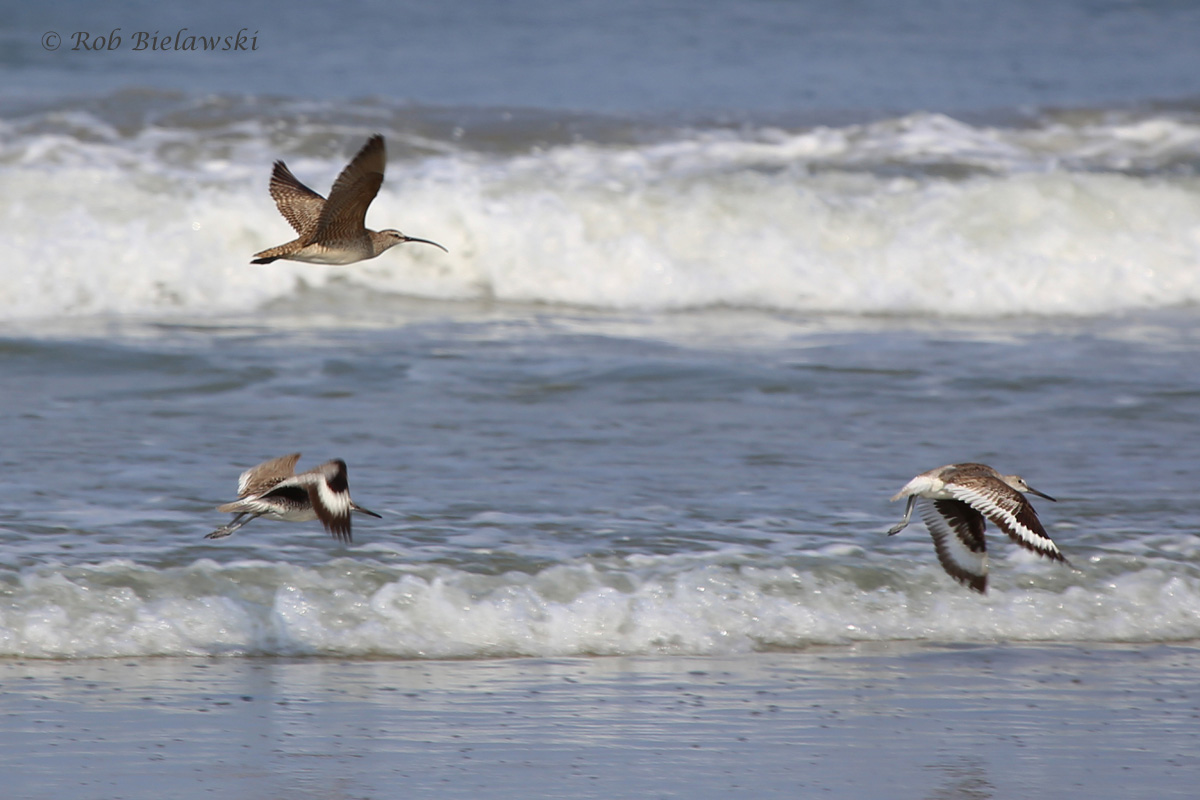

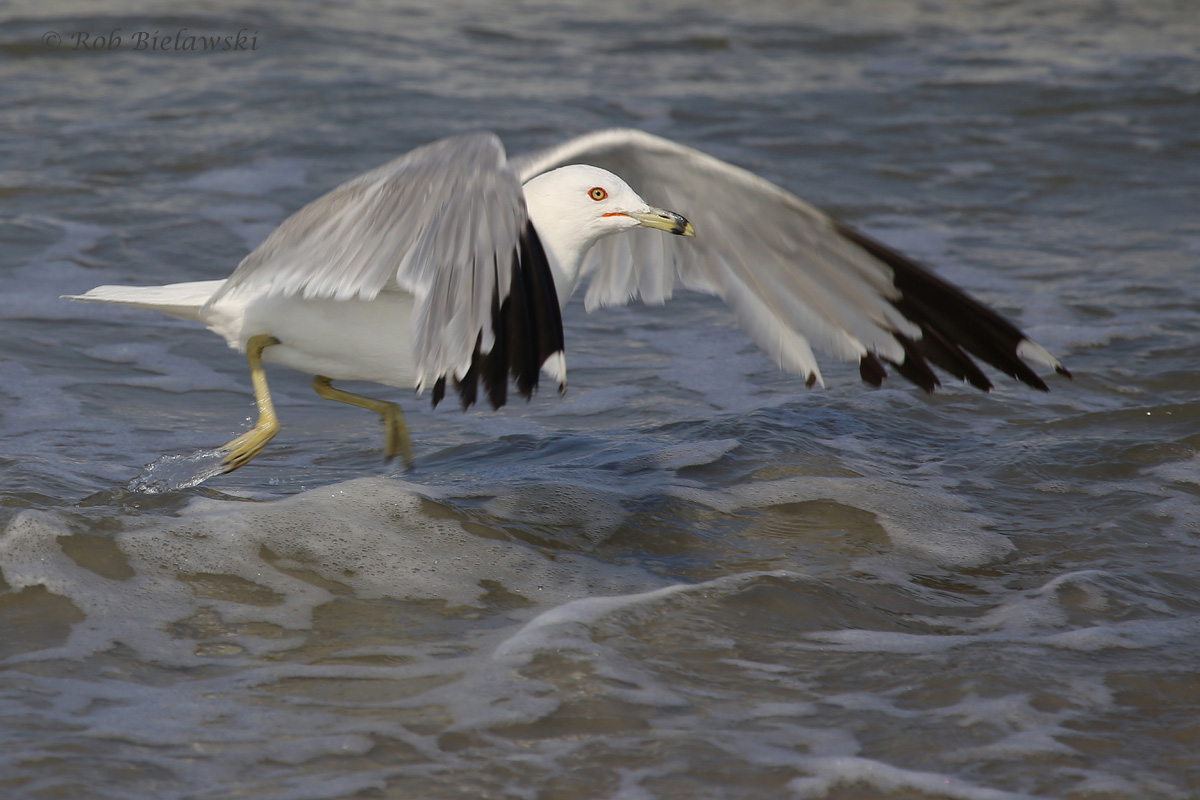
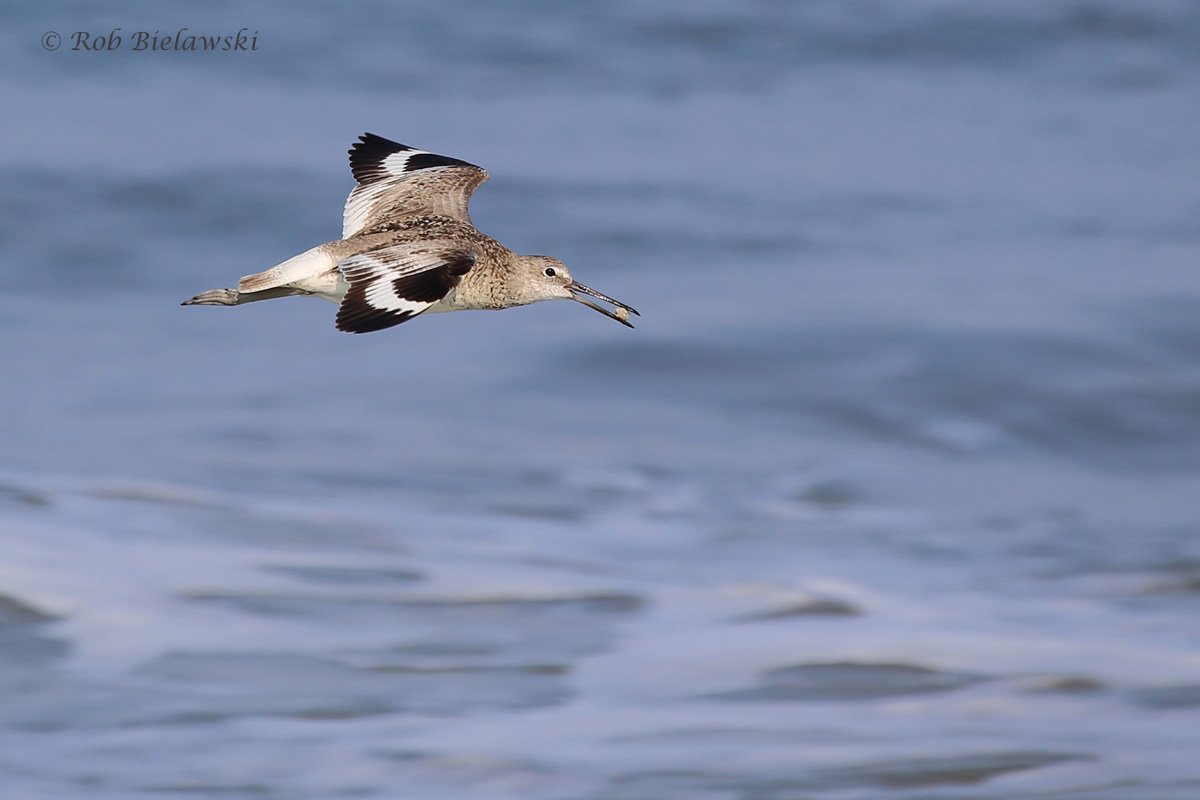
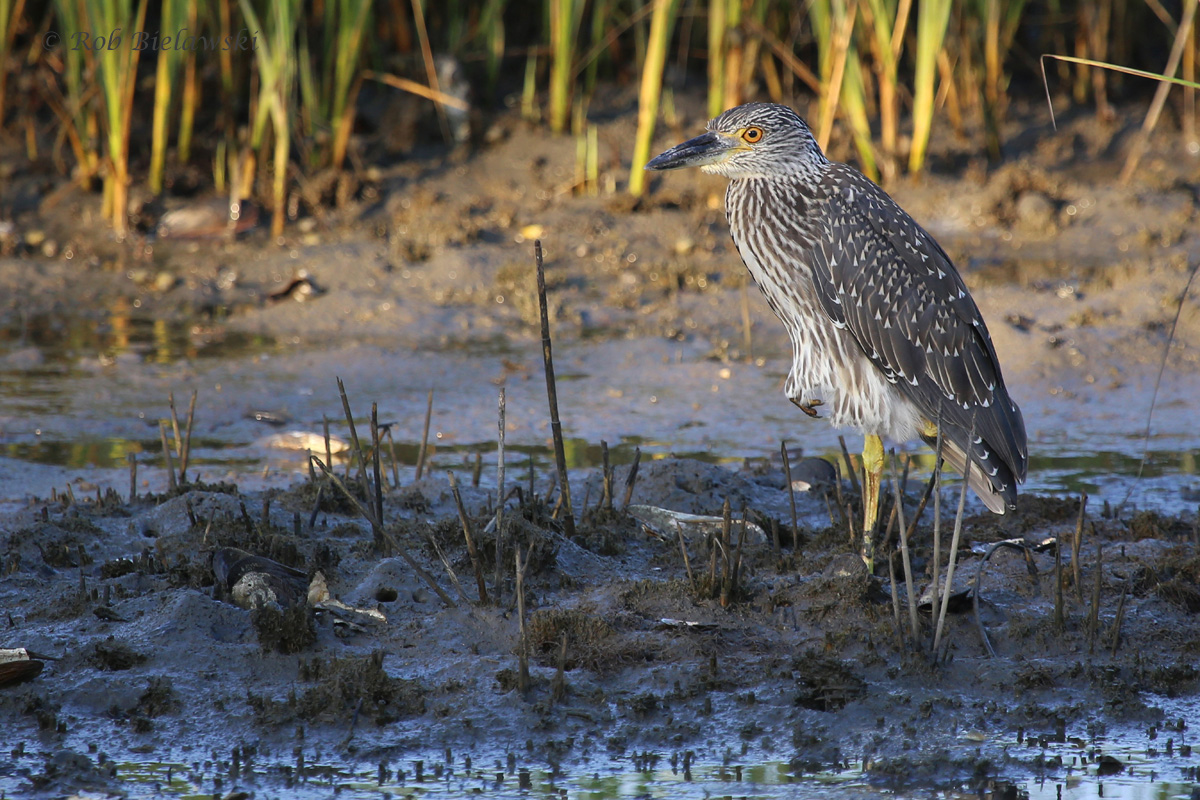
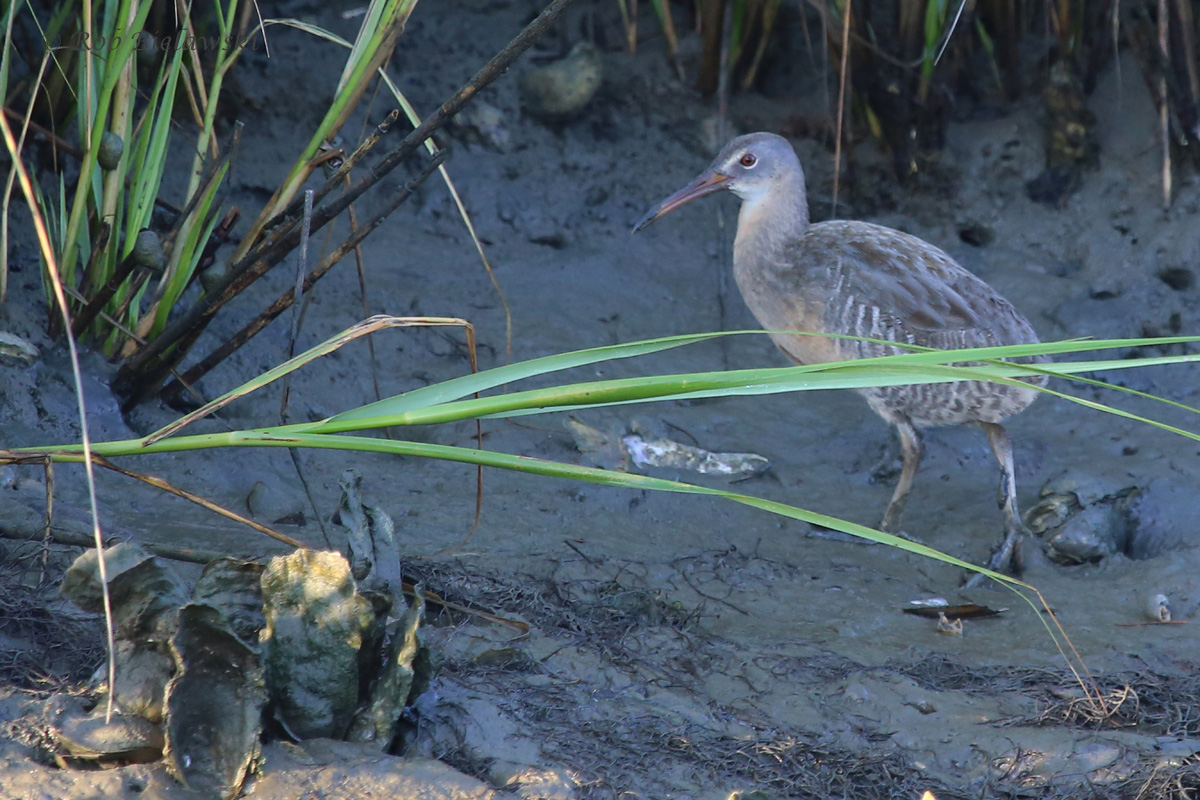

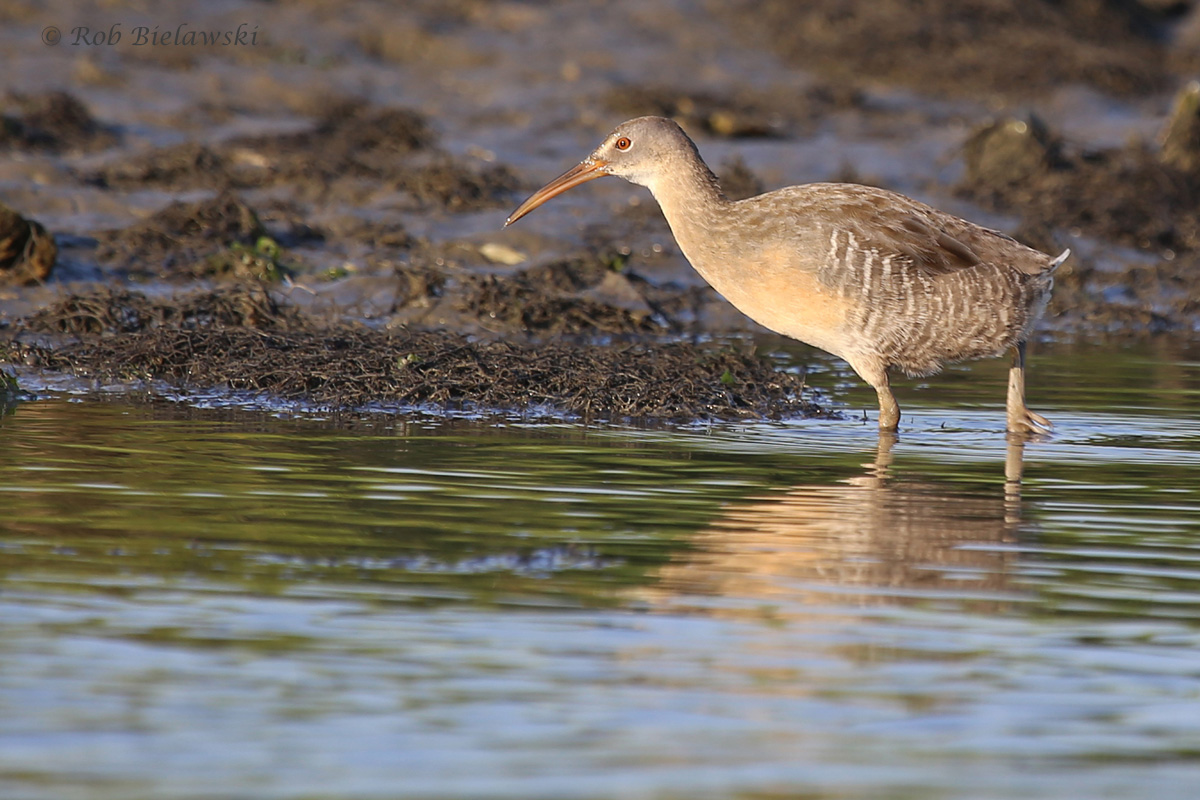

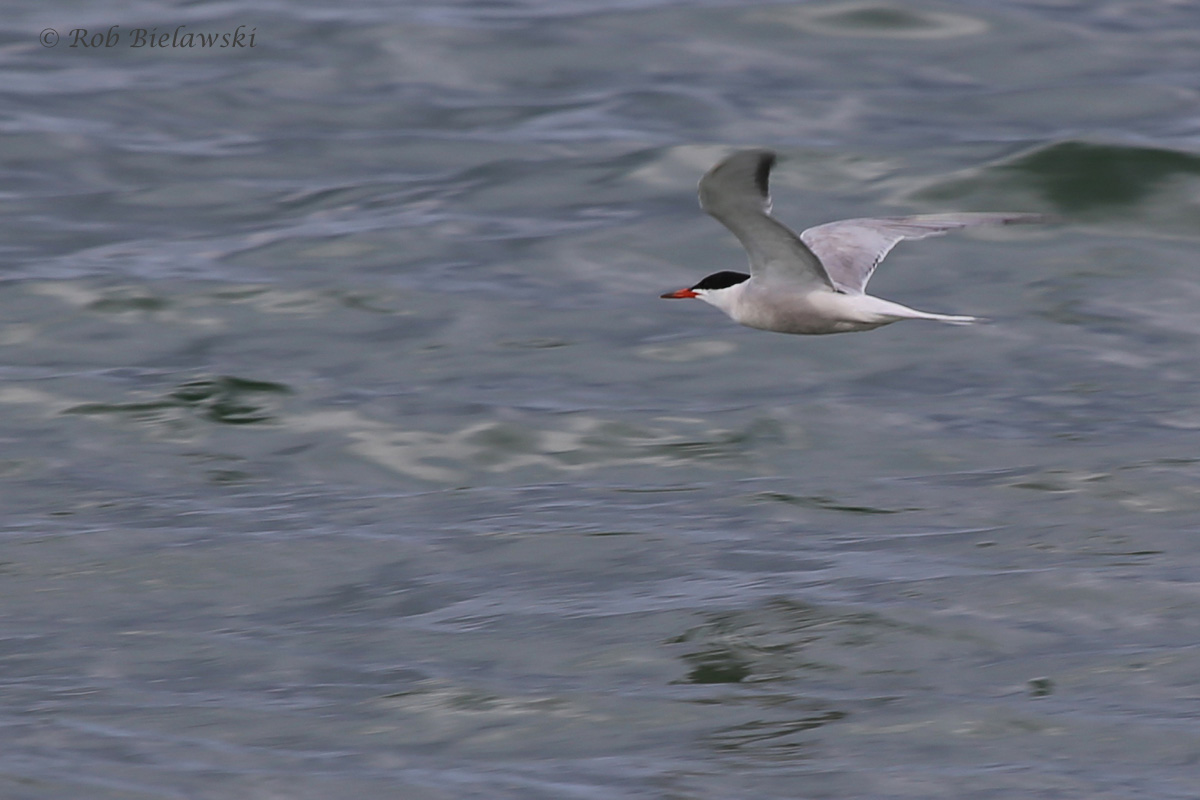

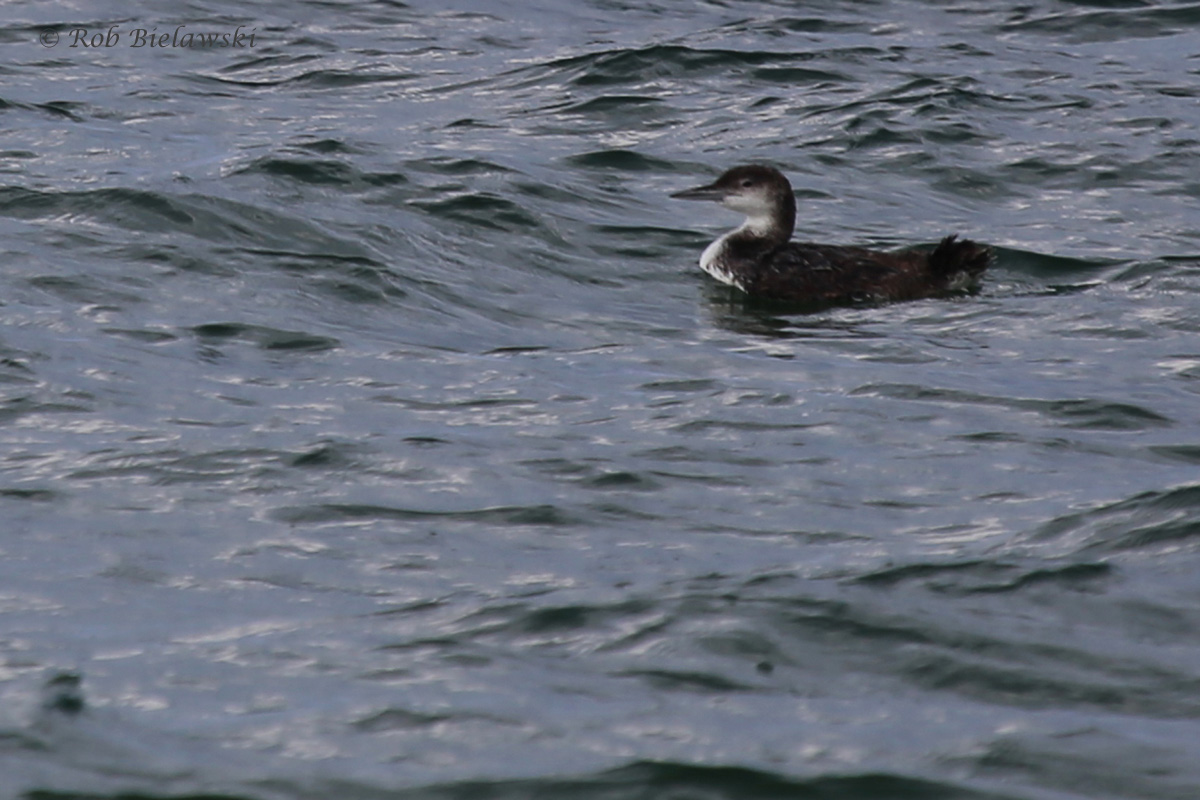
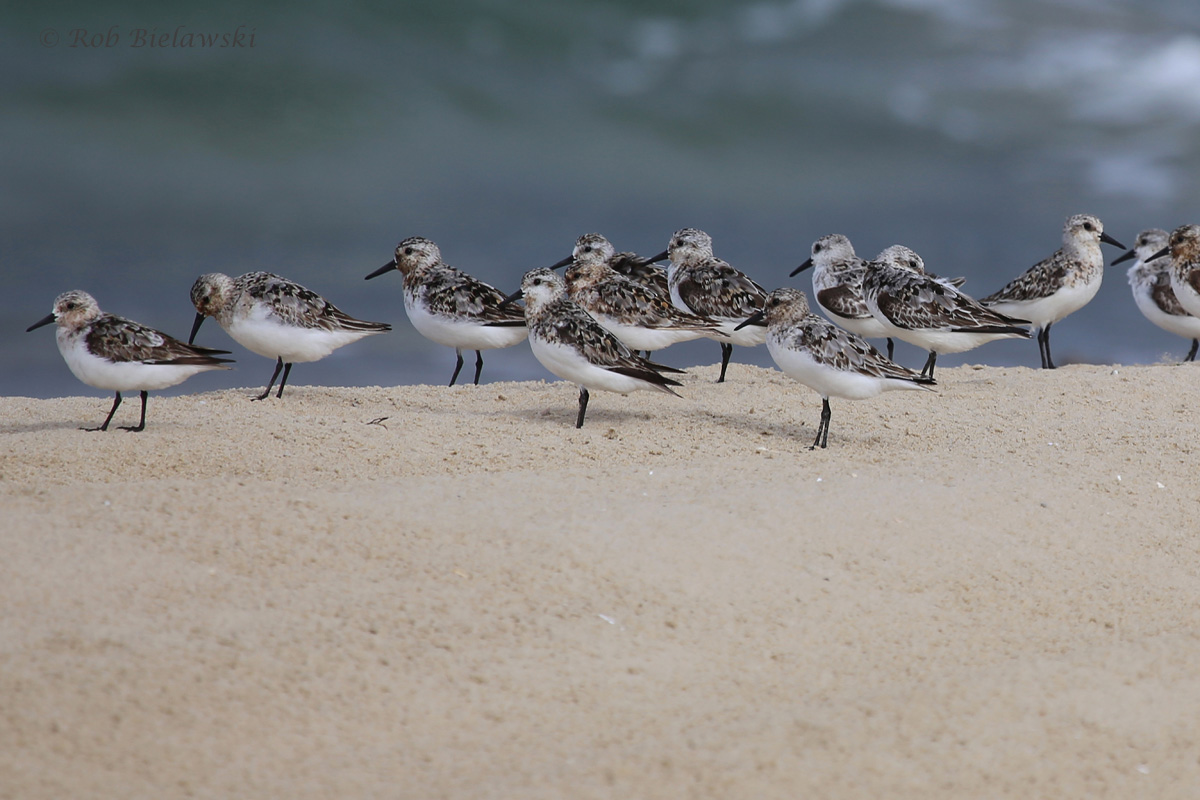
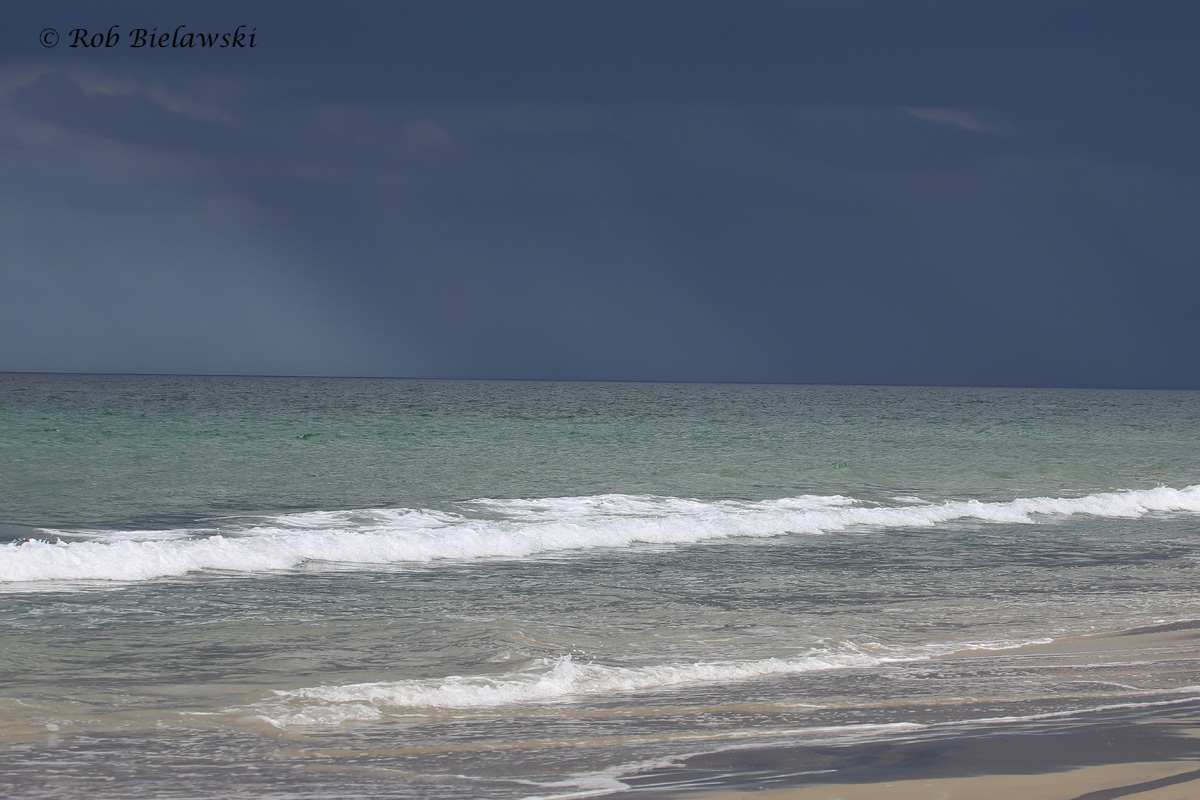
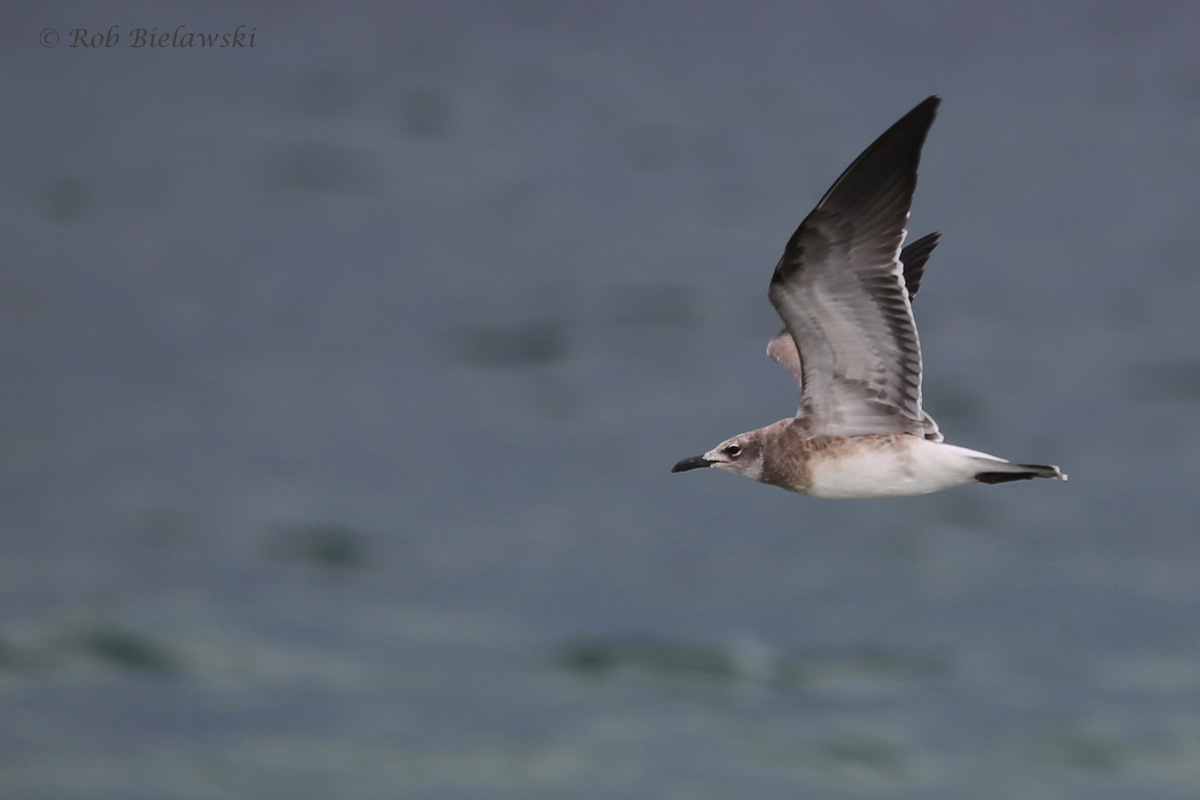




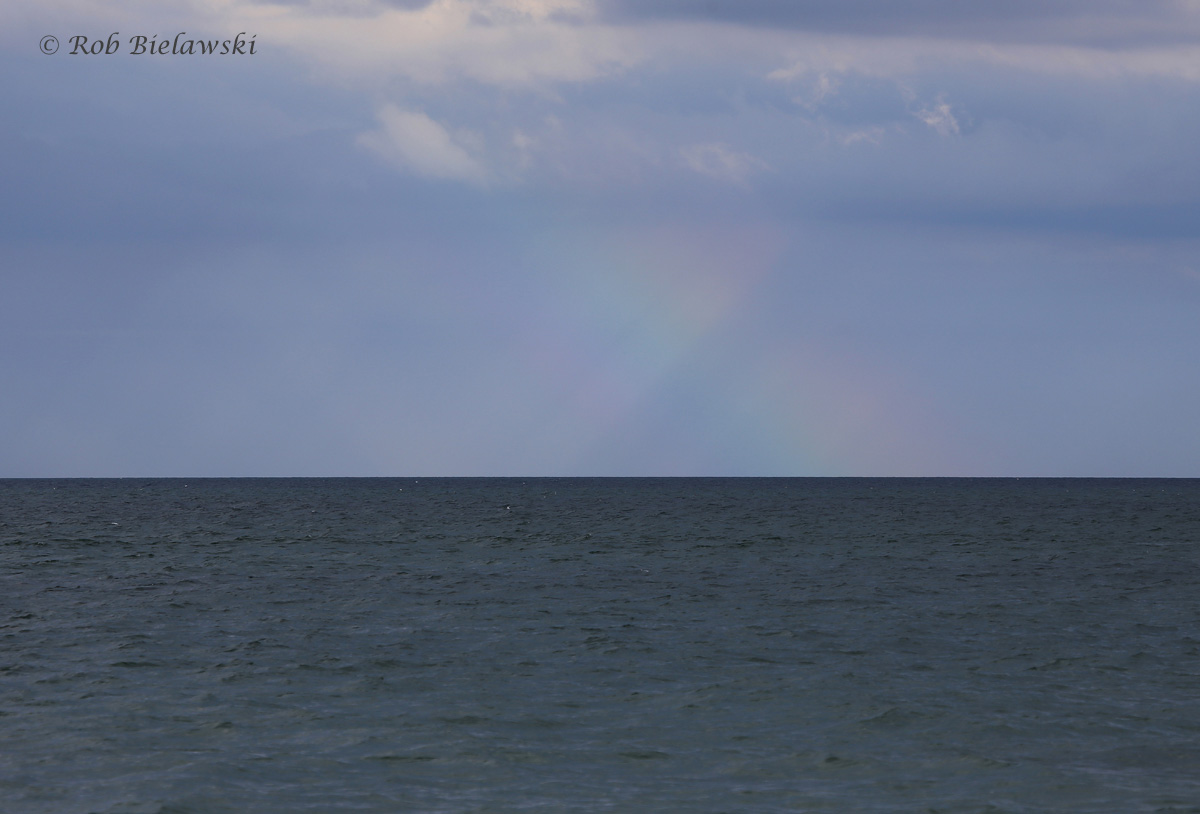


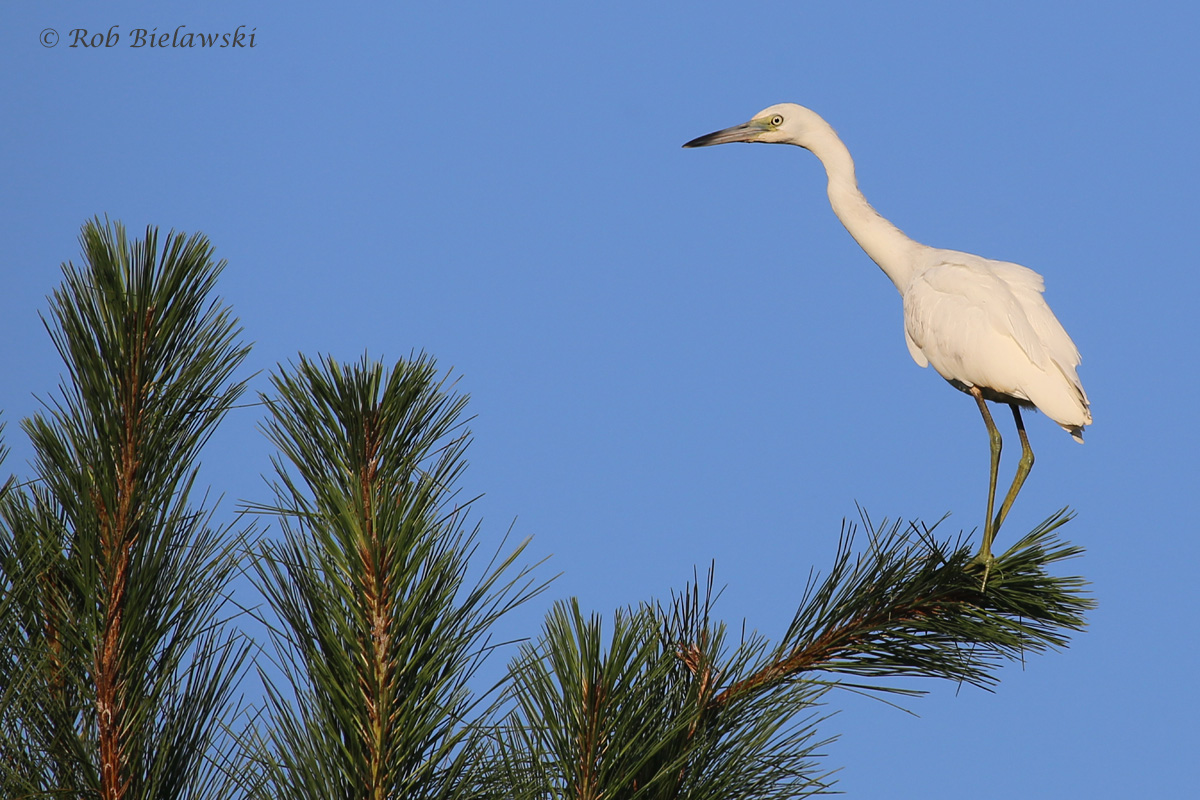


OBSERVATIONS: In looking through almost any field guide (whether it be Sibley, National Geographic, Stokes, or National Wildlife Federation) Black-and-white Warblers are consistently shown as breeders in Virginia Beach. However, their frequency of reports in eBird during the summer months (June & July) here are exceedingly low, so an individual observed at Back Bay NWR (26 Jul / Xavier Lachapelle Trouillard) is worth mentioning. Perhaps this species is just highly under-reported here in summer since very few of us are out birding forested areas during the heat and humidity that June & July bring? Since the 2nd Virginia Breeding Bird Atlas is running from this year through 2020, it will be very interesting to see if this and other species of warblers with similar issues like Yellow, Kentucky, Worm-eating and Hooded are confirmed as breeders within the city boundaries. Some other highlights this period included several reports of Whimbrel at Back Bay NWR on 22 Jul (Rob Bielawski), 25 Jul (Karen & Tom Beatty), 26 Jul (Xavier Lachapelle Trouillard) and 29 Jul (David Gibson). While they are annual transients through Virginia Beach in spring & fall, they’re one of the species many birders will be out hoping to view. Along with the Whimbrel, there was also one report of a Piping Plover at Sandbridge beach (25 Jul / Xavier Lachapelle Trouillard), a species that doesn’t seem to breed here and is also therefore a sought-after transient during spring & fall on the coastline. Outside of these finds, the excitement this period continued to revolve primarily around the FIRST-OF-SEASON ARRIVALS that are trickling in from the north. During Late July, Virginia Beach recorded its first Black Terns (29 Jul / Back Bay NWR / Rob Bielawski) of not only the fall season, but of 2016 as a whole. Black Terns are transients, passing along our coastline in spring and fall between their wintering and breeding grounds, but they are not annually reported from shore during the springtime which makes them highly sought after during their one expected season of transience, the fall. Between Late July and mid-September is when they’re most often reported, and they are truly a bird of beauty if one can catch them still in breeding plumage (the earlier you can find one, the better the odds that it has retained this plumage). One individual was also observed on 30 Jul along the beach (Karen & Tom Beatty), so now seems to be a good time to stop in for a seawatch. In addition to the Black Terns, Virginia Beach also logged its first Semipalmated Plovers (26 Jul / Back Bay NWR / Xavier Lachapelle Trouilland & False Cape SP / Rebecca Walawender) and the first Red Knot (27 Jul / Robert Wood) of the fall season at Back Bay NWR. In addition to the new arrivals, some LINGERING individuals of several species were observed. Most notable among this group again this period was the Pied-billed Grebe which were observed on 22 Jul (Karen & Tom Beatty), 25 Jul (Katherine Edison) and one individual was photographed on the bay at Back Bay NWR (22 Jul / Karen & Tom Beatty), while another report of an individual surfaced on 26 Jul (Katherine Edison). Yet another was seen & photographed on 29 Jul (Rob Bielawski), again on 30 Jul (Karen & Tom Beatty) and two pairs were observed simultaneously on 31 Jul (Rob Bielawski) on the C Pool & C Storage Pool along the West Dike trail . A single Common Loon in nonbreeding plumage was also observed at Back Bay NWR (22 Jul / Rob Bielawski) with likely the same individual also observed on 29 Jul. Black Scoters continued to be reported along the coastline at Fort Story (21 Jul / Timothy Barry), 87th Street beach (27 Jul / Luke Thompson), Back Bay NWR (25 Jul / Karen & Tom Beatty, 26 Jul / Rebecca Walawender, 29 Jul / Robert Wood and 30 Jul / Tamara Conklin) and at Sandbridge (25 Jul / Xavier Lachapelle Trouillard), completing a summer where this species was observed during all six periods (three periods in each June & July).
RELEVANT SPECIES DOCUMENTED BY MEDIA submitted for Virginia Beach during this period included: 22 JUL – Pied-billed Grebe (Back Bay NWR / Karen & Tom Beatty); Common Loon, Double-crested Cormorant, Osprey, Spotted Sandpiper, Willet, Whimbrel, Sanderling, Ring-billed Gull & Gull-billed Tern (Back Bay NWR / Rob Bielawski). 23 JUL – Green Heron, Yellow-crowned Night-Heron & Clapper Rail (Pleasure House Point NA / Rob Bielawski); Eastern Bluebird (Signature at West Neck / Pamela Monahan). 26 JUL – Pied-billed Grebe (Back Bay NWR / Katherine Edison). 27 JUL – Red Knot (Back Bay NWR / Robert Wood). 29 JUL – Common Loon, Pied-billed Grebe, Double-crested Cormorant, Willet, Ruddy Turnstone, Sanderling, Laughing Gull, Ring-billed Gull, Black Tern, Common Tern, Royal Tern & Sandwich Tern (Back Bay NWR / Rob Bielawski). 30 JUL – Brown Pelican, Great Blue Heron, Willet, Sanderling, Ring-billed Gull, Royal Tern & Yellow-billed Cuckoo (Back Bay NWR / Karen & Tom Beatty); Little Blue Heron & Orchard Oriole (Princess Anne WMA Whitehurst Tract / Rob Bielawski); Eastern Kingbird, Purple Martin Carolina Wren (Lake Lawson and Lake Smith NA / Laura Mae); Black Scoter, Yellow-crowned Night-Heron & Ruddy Turnstone (Back Bay NWR / Tamara Conklin); Osprey (Northampton Boulevard / Laura Mae). 31 JUL – Brown Pelican, Yellow-crowned Night-Heron, Ruddy Turnstone, Ring-billed Gull & Common Tern (South Thimble Island / Laura Mae); Pied-billed Grebe & Great Blue Heron (Back Bay NWR / Rob Bielawski); Osprey (Lake Lawson and Lake Smith NA / Laura Mae).
LOOKAHEAD: We likely reached the top of the temperature curve for 2016 during Late July, if the previous ten year averages are to be trusted that is. Hopefully we begin to slowly see temperatures dropping as we move forward, though it might be only a minor drop for the near future. Early August should afford more observations of arriving shorebirds and these will continue to be the birds that many birders will be targeting. It is also worth noting that some passerine species are beginning their southbound movements as well. Of the species that have expected arrival dates during Early August (or earlier) we have not yet logged a Long-billed Dowitcher, Stilt Sandpiper, Dunlin, Northern Waterthrush or White-rumped Sandpiper in Virginia Beach. Birders should continue to search for shorebird species on beaches and mudflats around low tide, and in agricultural fields that are holding large water puddles during high tide when they are forced to seek out new feeding grounds. Currently, the soy beans have come up to a height where it is a bit difficult to see birds among them, so birders will need to focus primarily on recently tilled fields that are capable of holding both water, and as a result, shorebirds. Those seeking out non-annually occurring (essentially, rare) species should be targeting Upland Sandpiper & Wilson’s Phalarope (mid-July arrivals per Gold Book), Buff-breasted Sandpiper, Baird’s Sandpiper & White-winged Dove (late July arrivals), and Rufous Hummingbird, Sandhill Crane, Golden-winged Warbler & Marbled Godwit (early August arrivals). So far, none of these rarities have been observed this year during fall migration in Virginia Beach.
Next Entry | Entry Index | Previous Entry
For more information on this thrice-monthly Birding Blog, please check out the Journal Overview Page on the website. It provides background information as to what sightings are considered for the blog, details about the format of the blog, and it will likely answer many other questions that readers might be wondering about as well! As always, thank you for reading, and please click the Heart icon to the lower right of this post to let me know you stopped in!